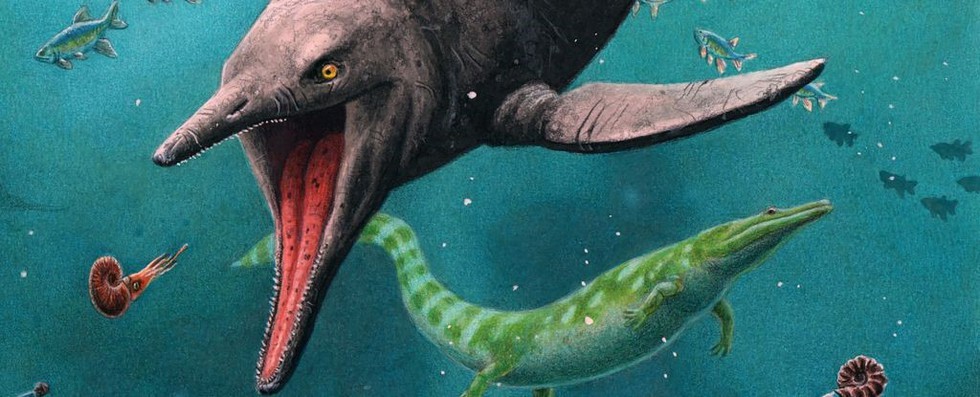
About Ichthyosaurs:
What is Permian Mass Extinction?
Key facts about Spitsbergen Island
Voyager 1 probe is returning usable i...
The Indian Air Force (IAF) has succes...
The recent surge in gold prices is du...
Experts worry that the world's deadli...
Five people died in an attempt to cro...
Nuclear energy can be used to to spur...
Recently, the World Meteorological Or...
The Centre plans to upgrade the nine-...
Researchers of the ICAR-Central Marin...
Researchers from National Centre for ...